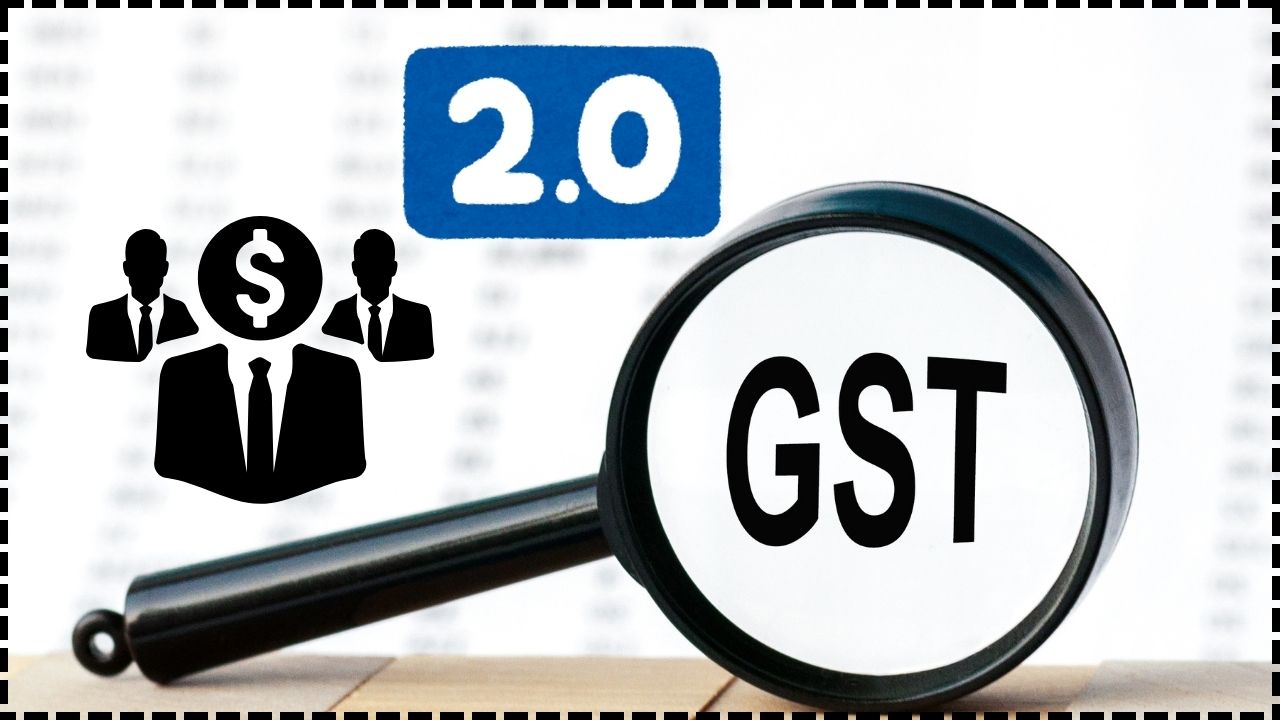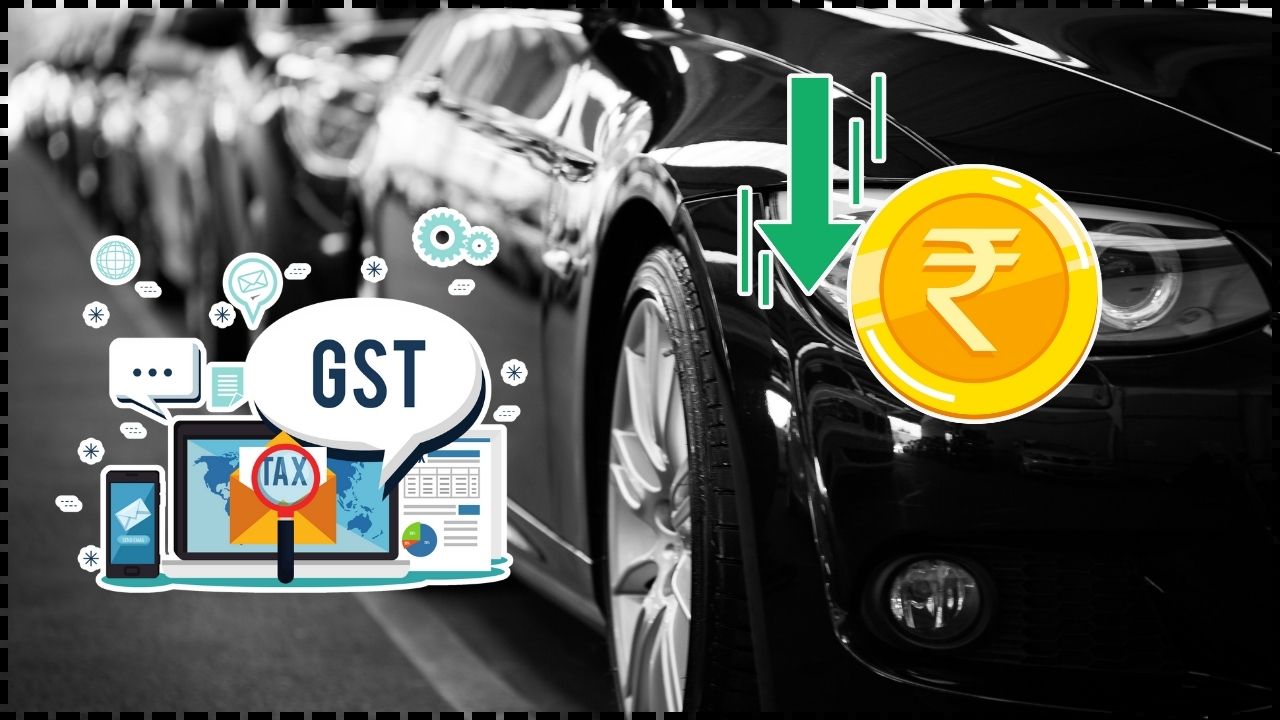
India Proposes At Least 10% GST Cut On 175 Products: If you’ve been following international business news, you might have seen headlines saying India proposes at least 10% GST cut on 175 products including ACs and hybrid cars. That’s not just a technical tax tweak—it’s one of the most significant shifts in India’s economic policy in nearly a decade. This move will touch everything from the cost of toothpaste in rural villages to the pricing of high-tech hybrid cars in India’s booming cities. And the ripple effects could stretch all the way to Wall Street, influencing how companies like Tesla, Apple, and Toyota strategize for one of the world’s fastest-growing markets.
India Proposes At Least 10% GST Cut On 175 Products
India’s decision to cut GST by at least 10% on 175 products—including ACs and hybrid cars—isn’t just about taxes. It’s about strategy, timing, and shaping consumer behavior. For families, it means cheaper essentials and electronics. For businesses, it’s a chance to ride the festive sales boom. And for global luxury brands, it’s a reminder: India is playing by its own rules. If executed well, this reform could become a case study in how tax policy fuels economic growth, consumer happiness, and global competitiveness—all at once.
| Point | Details |
|---|---|
| Policy Change | India proposes at least 10% GST cut on ~175 products. |
| Targeted Goods | ACs, hybrid cars, shampoos, TVs, washing machines, personal care items. |
| New GST Structure | Simplified slabs: 5% (essentials), 18% (standard goods), 40% (luxury/sin goods). |
| Potential Beneficiaries | Consumers, FMCG companies (Hindustan Unilever, Godrej), automakers (Maruti Suzuki, Toyota), electronics manufacturers. |
| Luxury EVs | Likely tax hike from 5% → up to 40%, hitting Tesla, BMW, BYD. |
| Economic Impact | Revenue cut of ~$21 billion, expected boost in consumption ahead of Diwali. |
| Official Resource | Government of India GST Council |
A Quick Refresher: What is GST?
The Goods and Services Tax (GST) was launched in India in 2017, designed to unify a confusing web of state and central taxes. Before that, buying a refrigerator meant paying excise duty, VAT, service tax, entry tax—you name it. Each layer added cost and paperwork.
GST was supposed to simplify this, but in practice, it introduced four main slabs: 5%, 12%, 18%, and 28%. Businesses found themselves juggling classifications, and consumers weren’t always sure why one item was taxed higher than another.
By cutting slabs down to just two core rates (5% and 18%) and a luxury rate at 40%, India hopes to make the system as easy to understand as grabbing a sales receipt in the U.S.
Why India Proposes At Least 10% GST Cut On 175 Products Matters?
Think of GST as the spine of India’s $4 trillion economy. Every purchase—whether a $1 soap bar or a $40,000 car—flows through it. Changing GST rates is like tweaking the rules of football during the season: everyone from players to fans to sponsors feels the difference.
For families, the impact is immediate—cheaper essentials and electronics. For businesses, it means simpler compliance, smoother pricing strategies, and more predictable margins. For global investors, it signals India’s seriousness about making its market friendlier for both consumers and corporations.

What’s Getting Cheaper?
Everyday Essentials
Products like soap, toothpaste, shampoo, talcum powder—currently taxed at 18%—will fall to 5%. Families across India could see 13% savings on household budgets. That’s huge in a country where personal care eats up a noticeable share of monthly income.
Consumer Electronics and White Goods
Big-ticket items such as air conditioners, refrigerators, TVs, and washing machines are expected to move from 28% → 18% GST.
- Example: If a washing machine costs $500, you currently pay $140 in GST at 28%, bringing the total to $640. Under the new structure, GST drops to $90 at 18%, cutting the total cost to $590. That’s $50 saved instantly.
Hybrid Cars
Small petrol hybrid cars are expected to fall from 28% → 18% GST. That’s good news for companies like Toyota (Prius, Corolla hybrid) and Maruti Suzuki, which already dominate India’s auto market. With India pushing for greener transport, this tax break could nudge more buyers toward hybrids.
What’s Getting More Expensive?
The government is not just slashing taxes—it’s also balancing the books.
- Luxury Electric Vehicles (EVs): Currently taxed at just 5%, luxury EVs (priced above $46,000) could face GST rates as high as 40%. That means Tesla’s Model Y or BMW’s iX could suddenly feel out of reach for many Indian buyers.
- Sin Goods: Tobacco, alcohol, and similar items remain heavily taxed, as expected.
- Premium Travel: Business-class air tickets and other luxury services may face higher slabs.
The message is clear: affordable, everyday products should be cheaper, but luxury indulgences should pay a premium.
Timing: Why Roll It Out Before Diwali?
India’s festive season, especially Diwali, is the ultimate shopping spree. Think of it like Thanksgiving, Black Friday, and Christmas rolled into one. Families upgrade homes, buy electronics, gift cars, and stock up on consumer goods.
By announcing GST cuts now, the government is betting on a festive spending surge that could offset revenue losses. Economists estimate the government might lose around $21 billion in tax revenue, but if consumer demand skyrockets, that gap may shrink considerably.

Industry Reactions
- FMCG Giants: Companies like Hindustan Unilever and Godrej are thrilled. Lower GST on personal care means higher sales volume in both urban and rural markets.
- Electronics Makers: Brands like Samsung, LG, and Whirlpool see this as an opportunity to launch Diwali promotions and clear inventory.
- Automakers: Maruti Suzuki and Toyota stand to gain from hybrid car incentives. Local players hope to ride this green wave.
- Luxury Brands: Tesla, BMW, and BYD aren’t celebrating. A 40% GST on luxury EVs could derail their India expansion plans.
Global Comparisons
- United States: Sales tax varies by state but averages 7–10%. India’s 18% slab is higher but standardized nationwide.
- European Union: VAT (Value-Added Tax) ranges from 17–25%. India’s new system is competitive, especially since essentials are just 5%.
- China: Known for VAT rates around 13%, making its tax structure slightly friendlier for consumers.
India’s simplified GST system could improve its Ease of Doing Business ranking and attract global firms wary of complicated tax codes.
Practical Takeaways
For Consumers
- Hold off on big-ticket purchases until the GST Council finalizes cuts. That $700 refrigerator or $25,000 hybrid car could soon be much cheaper.
- Essentials like soap and toothpaste will drop in price, freeing up extra cash for families.
For Businesses
- Align promotions with GST changes and the festive season. “Save 10% with new GST rates” could be a killer marketing tagline.
- Update accounting systems to reflect new tax rates and train staff on compliance.
For Investors
- Watch stocks in FMCG, auto, and electronics sectors. Indian consumer demand is poised to spike.
- Be cautious on luxury EV and premium airline stocks, as tax hikes could curb demand.

Challenges Ahead
- Revenue Concerns: With a potential $21B shortfall, state governments may push back against cuts.
- Implementation: Updating IT systems, invoicing, and supply chains for new slabs will take time.
- Equity: While middle-class families win, ultra-rich buyers of luxury goods may feel penalized—possibly discouraging foreign luxury investments.
Future Outlook
India’s GST reform isn’t just a one-time tweak. It signals a broader economic vision:
- Green Push: By lowering taxes on hybrids and discouraging luxury EV imports, India is nudging buyers toward sustainable but affordable mobility.
- Digital Economy: Expect further reforms for e-commerce, digital payments, and online services.
- Growth Strategy: With ambitions to become a $10 trillion economy by 2030, India is betting on consumer demand as its growth engine.
GST Reforms Update — Will Insurance Finally Get Tax Exemption?
Telangana Deputy CM Backs GST Reforms but Demands Fair Compensation for States
Will Modi’s GST Reforms Tame Inflation and Push RBI Toward Cuts?










